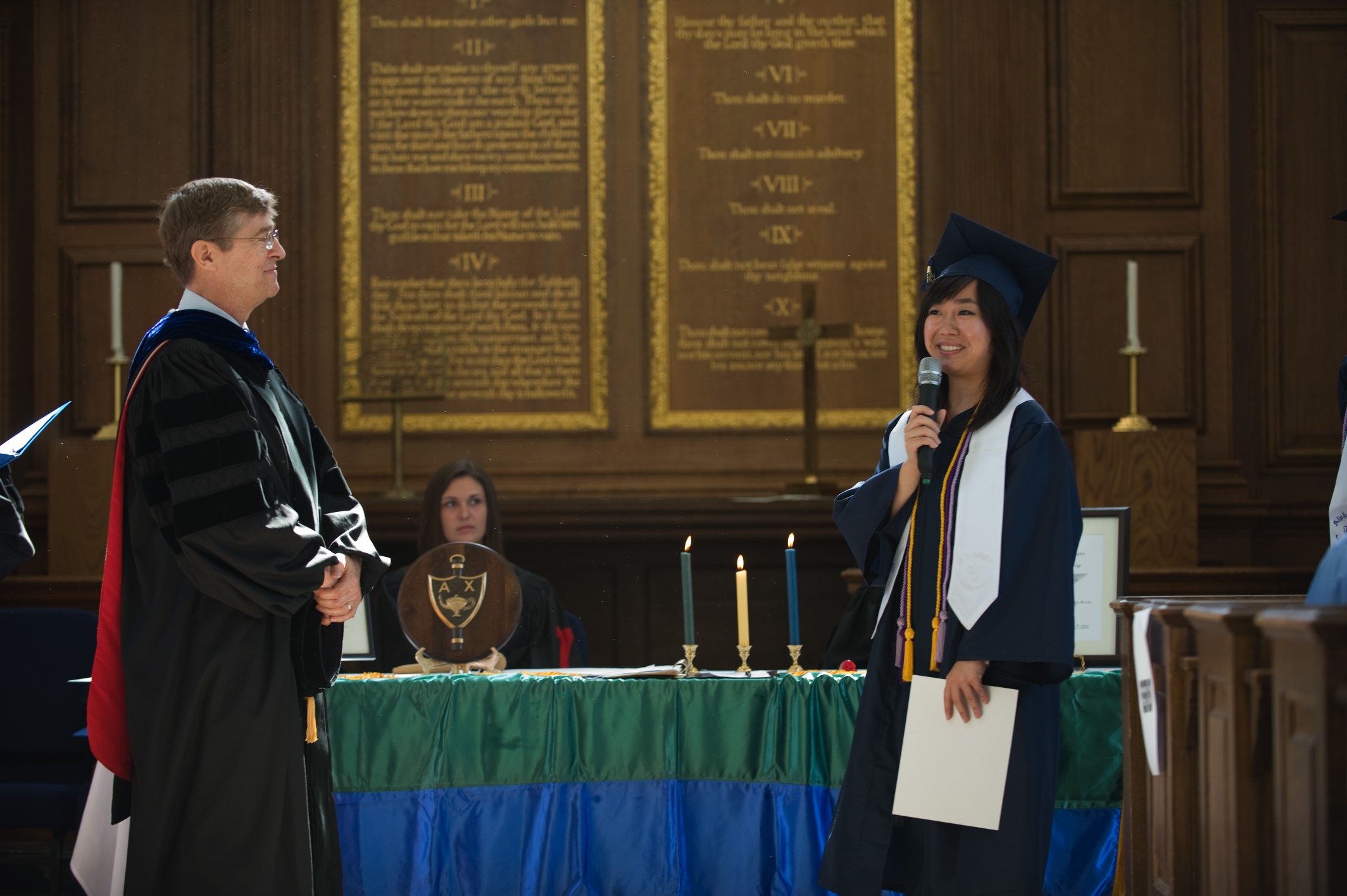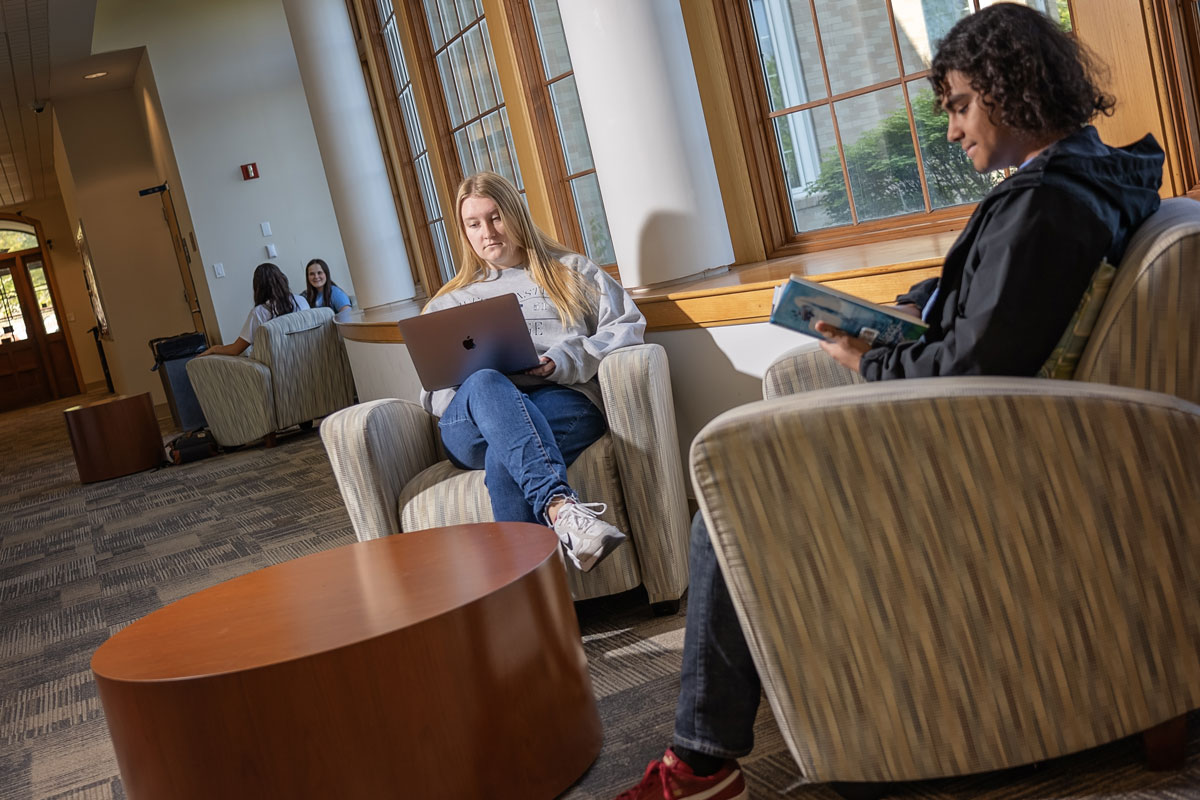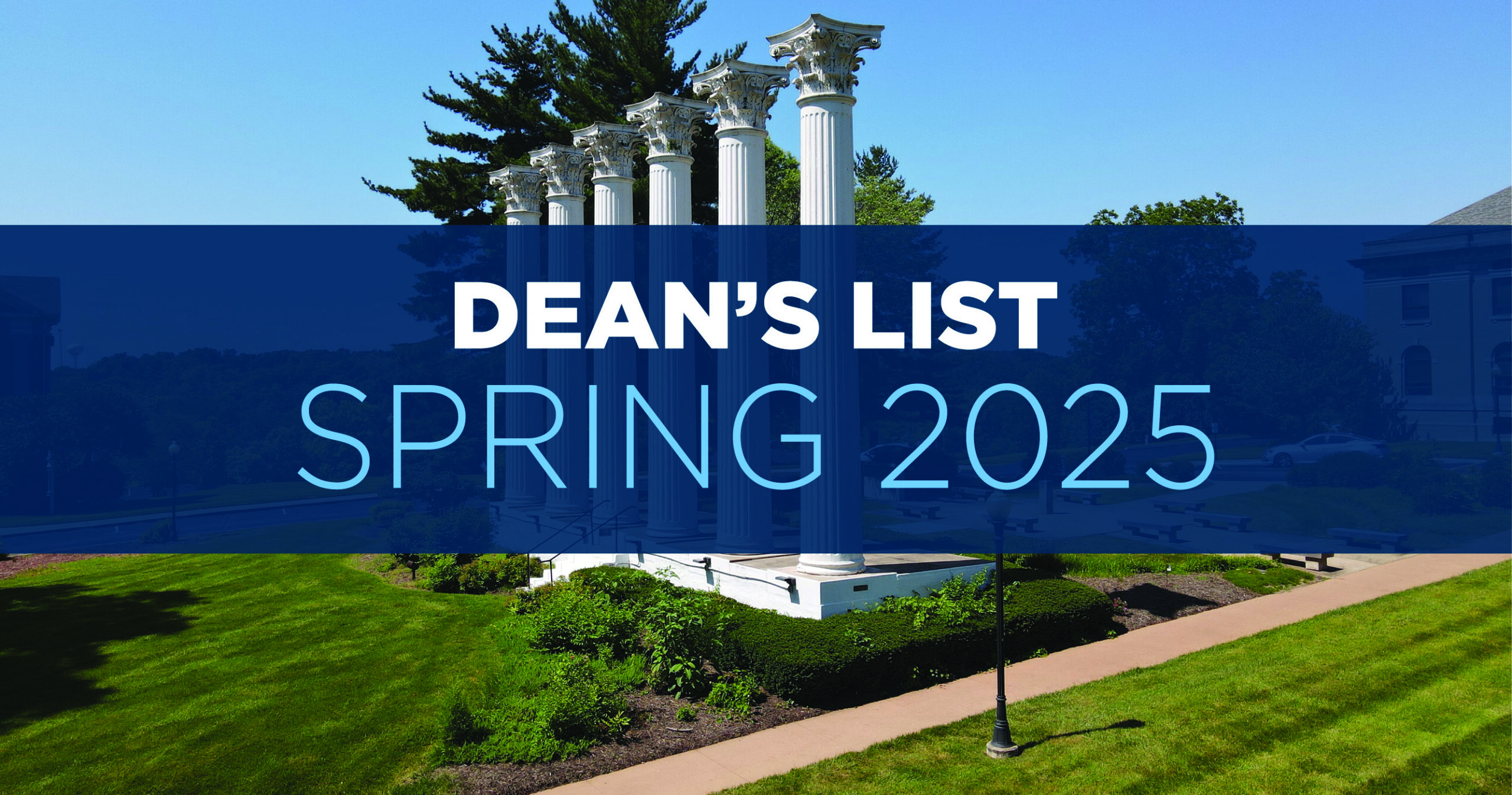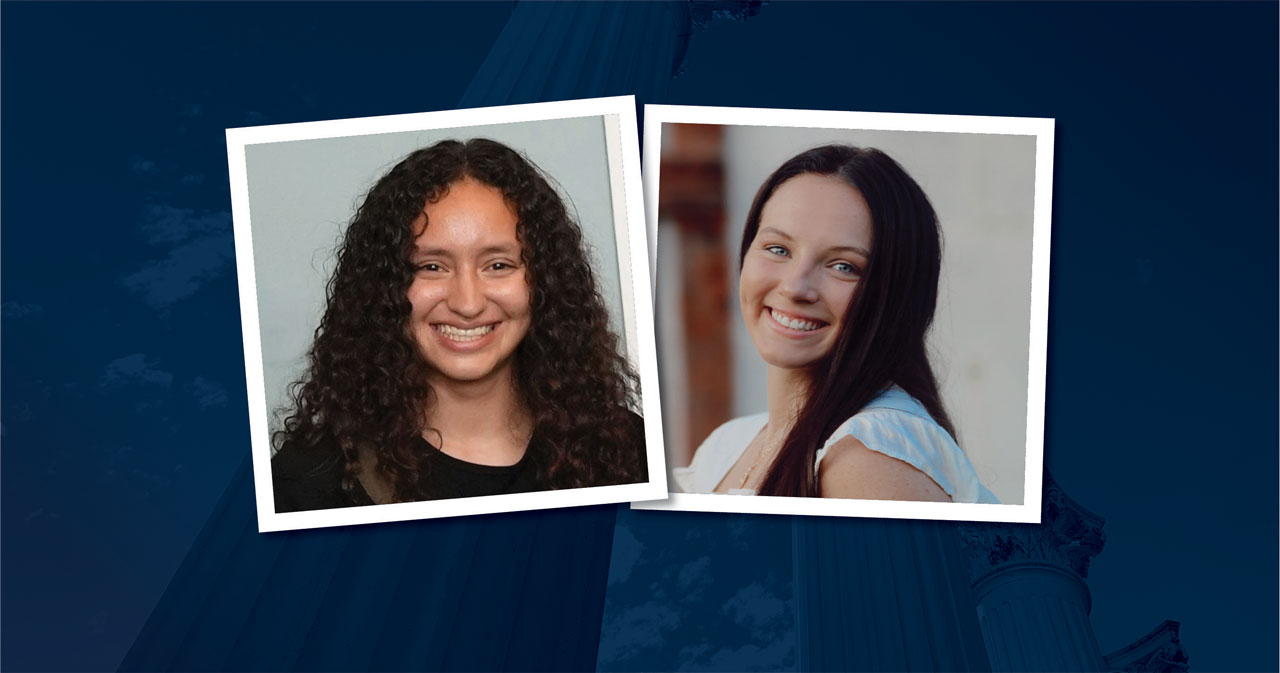“It was my eureka moment,” says Jia Liu, Westminster College Class of 2009, when she saw the data evidence alone in a dark room that confirmed for her team a scientific breakthrough that has long been sought in the quest for the next generation of computers and a host of other everyday objects.
Liu, a doctoral student in chemistry at the University of Southern California Dornsife College of Letters, Arts and Sciences, is a member of a research team that has been working for more than three years on the concept that short, sorted carbon nanotubes could be used as “seeds” under high temperatures to grow longer nanotubes with a specific, desired atomic structure.
“We identify the mechanisms required for mass amplification of nanotubes,” says Liu, who is co-lead author of the study on their findings. “To understand nanotube growth behaviors allows us to produce larger amounts of nanotubes and better control that growth.”
Carbon nanotubes are tiny tubes of rolled up graphene, measuring one nanometer across, whose super strong structure scientist believe can be used in the future for computers that are smaller, faster, and more energy efficient than those which rely on silicon transistors and for other items such as in solar cells, batteries, and electronic circuits.
Until this discovery, scientists were unable to “grow” carbon nanotubes with specific attributes. Instead they had to “grow” them in batches that contained many different, random, mixed shapes that had to be sorted. The sorting process increased costs and shortened the length of the nanotubes significantly, making them less practical for many applications.
“We are solving a fundamental problem of the carbon nanotube,” says Chongwu Zhou, Professor in the Ming Hsieh Department of Electrical Engineering at the USC Viterbi School of Engineering and lead author of the study which chronicles Jia and her team’s recent success in a study published August 23 in the journal Nano Letters.
The research was funded by the Office of Naval Research and the Defense Threat Reduction Agency of the U.S. Department of Defense.
Liu, who comes from Inner Mongolia, China, was a chemistry and physics major at Westminster College. While at Westminster, she was a Student Ambassador, Secretary/Treasurer for the Chemistry Club, Budget Chair for the Habitat for Humanity Club, and a member of the United World College Club, International Club and Classic Club, She completed a summer internship at the Fermi National Laboratory in Chicago and one in the Nuclear Chemistry Department of Washington University in St. Louis. Previously, she attended Red Cross Nordic United World College in Norway where she graduated in 2005
Visit Science Daily, The Engineer, e! Science News, Gigaom, or USC News to read more about Liu’s work and the significance of her discovery.
Liu is pictured above at her Alpha Chi induction ceremony with Professor Kent Palmer, now Professor Emeritus of Physics, who was her main faculty inspiration at Westminster.
This is the editorial account for Westminster College news team. Please feel free to get in touch if you have any questions or comments.






